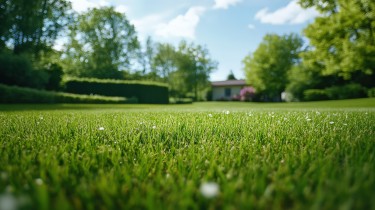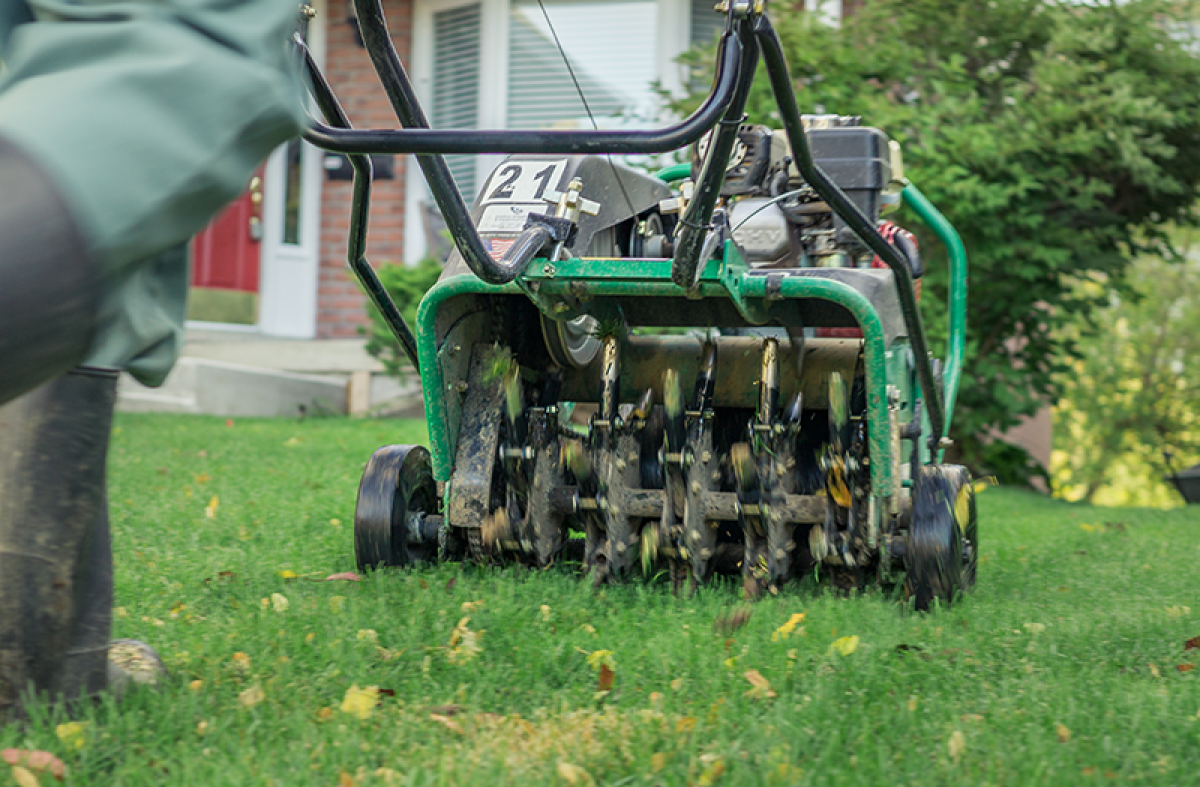Before you get busy with winter activities — such as skiing, sledding or sipping hot cocoa by fire — there are a few things you should do to help your lawn and gardens survive until spring.
To help you get your property ready for winter, the property care team at Brandon Rushing put together this checklist.
Give your lawn a head start this spring…
- Aerate your lawn just before the first frost. This gives your lawn a chance to breathe before the grass goes dormant.
- Fertilize your lawn to give your grass the nutrients it needs for the winter. These nutrients will be stored in the roots and released in the spring, making your lawn green and lush.
- Overseed your lawn in the fall to fill in any damaged areas or bare patches and thicken it up before it goes dormant.
- Rake and remove leaves and other debris from your lawn. If there aren’t too many, you can run them over with your mower and leave them as a natural fertilizer. If they’re too thick and wet, it’s best to remove them to your composter.
- Mow your grass to a height of two to three inches, and stop mowing when the temperature is consistently below 50 degrees. A pre-winter cut will help protect your lawn from mold and fungus.
Put your garden to bed...
- Don’t forget to water! Water can’t penetrate the ground once it’s frozen, so water your trees and plants so they have enough water in the soil to survive the winter.
- Perform a general fall clean-up by weeding the garden and removing dead leaves and debris.
- Make sure you have two to three inches of mulch in your gardens and around your trees and shrubs. Not only does it look great, it insulates the roots from harsh winds and temperature fluctuations.
- Prune damaged or dead branches from trees and shrubs (do this in January or February, when the plants are dormant).
- Clip and divide perennials; prune ornamental grasses to keep your garden looking tidy.
- Plant fall bulbs so they’re ready to bloom in the spring (daffodils, tulips, hyacinth, etc).
- Remove dead, diseased and damaged plants.
- Cover delicate plants and shrubs with burlap to protect them from being damaged by harsh temperatures.
- Remove all annuals from your garden, right down to the roots. This eliminates many pests and diseases that thrive on dead plant material.
Note: If you compost your plant materials, be sure to only include material from healthy plants. Your compost pile doesn’t get hot enough to kill all pathogens and insect pests and they will survive the winter (and be ready to invade your garden in the spring).
Fall and winter doesn’t mean the end of the growing season...
It's the beginning of the new season.
By using the checklist above, you’ll protect your lawn and gardens from the harshness of winter and give them a head start in the spring. But we understand not everyone has the time —or desire —to do it themselves.
As always, the team at Brandon Rushing is happy to help. See our property care programs or get a free quote with our online pricing tool.




